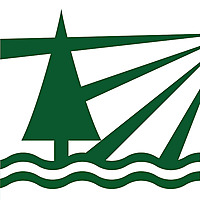Jones Seminar with Zi Chen, Washington University in St. Louis
Mechanics and geometry in chiral structures: from helical seed pods to twisted embryonic brain
Mechanical forces play a key role in the shaping of versatile morphologies, especially chiral structures, in natural and synthetic systems.
First, an elasticity theory combining differential geometry and stationarity principles is developed for the spontaneous bending and twisting of ribbons with tunable geometries in the presence of mechanical anisotropy. Closed-form predictions are obtained from this theory with no adjustable parameters and validated with simple, table-top experiments that are in excellent agreement with the theoretical predictions. We then investigate the shape transition and multistability that also arise in a number of physical systems.
In embryos, chiral structures can also arise via mechanics. The embryonic chick brain, for example, undergoes rightward torsion, one of the earliest organ-level left-right asymmetry events in development. Here we studied the mechanical origin of brain torsion and the associated development of left-right asymmetry, through both experiments and modeling.
The study of mechanics and geometry in chiral structures will facilitate understanding of morphology generation in natural and synthetic systems, and benefit the ongoing efforts in developing programmable micro-fabrication techniques and novel functional devices such as NEMS devices, active materials, drug delivery agents, and bio-inspired robots. Studies of embryonic development can also benefit the future practices in preventing or treating some congenital defects.
Read more: engineering.dartmouth.edu/jones/
